OnePlus just dropped a bombshell, the kind that might make Samsung sweat. The company officially announced through Weibo that the OnePlus 15 will pack a massive 7,300mAh battery. Not just impressive; it flips the script and makes the Galaxy S25 Ultra's expected 5,000mAh pack look quaint by comparison.
Here is the kicker: reports indicate it has a 46% capacity advantage on paper. And it is not only about big numbers. OnePlus is staking out a simple position: people want phones that last all day without asterisks, not supermodel-thin slabs that surrender by dinner.
Even better, charging speeds are not taking a hit. We are talking 120W wired and 50W wireless, a combo that aims to own both endurance and convenience. As if OnePlus looked at the battery life versus charging speed debate and said, "Why not both?"
How OnePlus achieved this battery breakthrough
The jump comes from the rumored advanced silicon-carbon battery chemistry and some blunt-force engineering. OnePlus boosted capacity by more than 20% over the previous flagship's leaked 6,000mAh pack. A big step in what many consider a mature technology.
While OnePlus has not confirmed chemistry details, industry analysis points to silicon-carbon anodes from suppliers like ATL and Sunwoda. That is a shift from conventional lithium-ion. Silicon can hold up to 10 times more lithium ions than graphite, notes Android Police, but pure silicon swells by around 300% during charging cycles.
The dual-cell enables high wattage without cooking the phone. Blending silicon with carbon creates a tougher structure that tolerates expansion and contraction better than pure silicon. Net result: more energy in the same space with reliability in mind.
Pro tip: Silicon-carbon technology is still emerging, but OnePlus's aggressive adoption suggests they have solved many of the early reliability concerns that plagued first-generation implementations.
What this means for real-world performance
Let us talk about what 7,300mAh means in your pocket. Most flagships sit around 4,800 to 5,000mAh per Counterpoint Research estimates. For reference, the OnePlus 13 already approaches the 20-hour mark in standardized battery tests, according to Tom's Guide.
The Galaxy S25 Ultra hits 17 hours and 14 minutes in similar testing. With the OnePlus 15's bigger tank, two-day battery life for moderate users feels within reach, a long-running smartphone grail.
Capacity is only part of it. The phone also brings a 1.5K display that supports 165Hz with LTPO for adaptive power use. LTPO can scale down to 1Hz for static content, then ramp to 165Hz for gaming and scrolling, squeezing more from that huge battery.
For heavy users who game, stream, or work on the go, this could be the difference between grabbing a charger at lunch and cruising through a full workday with juice to spare.
Fast charging that matches the capacity
A huge battery is no win if it crawls to 100%. OnePlus keeps its speed rep intact. The 120W wired system typically reaches near full in about 30 minutes, with the larger 7,300mAh pack possibly pushing that into the low 30s depending on thermals.
Wireless at 50W makes for easy top-ups. Bypass charging can send power straight to the phone during gaming to cut heat-related battery wear. Heavy users get the benefit, fewer charge cycles, and better long-term health.
OnePlus's Battery Health Engine aims to keep about 80% capacity after roughly 1,600 cycles, approximately four years of daily charging. That kind of longevity matters when you pair high-capacity cells with premium charging speeds.
Safety certifications from TÜV Rheinland and regional bodies like CCC confirm the high-wattage setup meets strict standards. At these power levels, that is table stakes, not a nice-to-have.
The engineering challenges behind the scenes
Fitting 7,300mAh into a mainstream flagship shape takes real thermal and structural work. OnePlus needs stacked PCBs, bigger vapor chambers, and graphite layers to handle heat from the Snapdragon and from fast charging.
Trade-offs exist, but they are reasonable. The device measures 8.1mm thick and weighs 211 to 215 grams, slightly thicker and heavier than before. That puts it alongside other flagships that prioritize battery life instead of chasing razor-thin builds.
Even with the extra mass, OnePlus keeps ultra-thin 1.15mm bezels and an aerospace-grade nano-ceramic metal midframe that is reportedly stronger than titanium or aluminum. Those bezels, thinner than on many competing flagships, are a flex.
Thermals remain the hardest part. Multiple heat sources, the processor, the big battery, and 120W charging require intelligent profiles that taper input as cells near higher charge states to protect comfort and long-term health. That kind of control takes tight hardware and software coordination.
What this means for the flagship race
This kind of capacity puts pressure on Samsung and everyone else. While Samsung leans into S Pen, AI capabilities, and ecosystem integration, OnePlus is doubling down on everyday priorities, all-day battery, and fast top-ups.
The Galaxy S25 Ultra's expected 5,000mAh suddenly looks conservative next to a rival with nearly 50% more capacity. It also underscores a philosophy split. Apple and Samsung often chase ultra-thin builds and luxe materials, while OnePlus is saying performance and endurance outrank millimeter math.
The ripple effects for Android flagships could be big. If OnePlus delivers the battery promise without stumbling on performance or camera quality, others may rethink capacity targets. After years of 100 to 200mAh nudges, we might finally see a real capacity arms race.
Early reports point to a China launch by late October with US availability as early as November, according to Tom's Guide. That timing puts the phone right up against Samsung's usual cycle, a move that could nudge Samsung to accelerate its battery plans.
Open questions remain: regional charging speed differences, whether a 120W charger is in the box, and how aggressively software will manage background tasks to stretch that 7,300mAh pack. The answers will determine whether this battery leap turns into a daily life advantage or just a big number on a spec sheet.




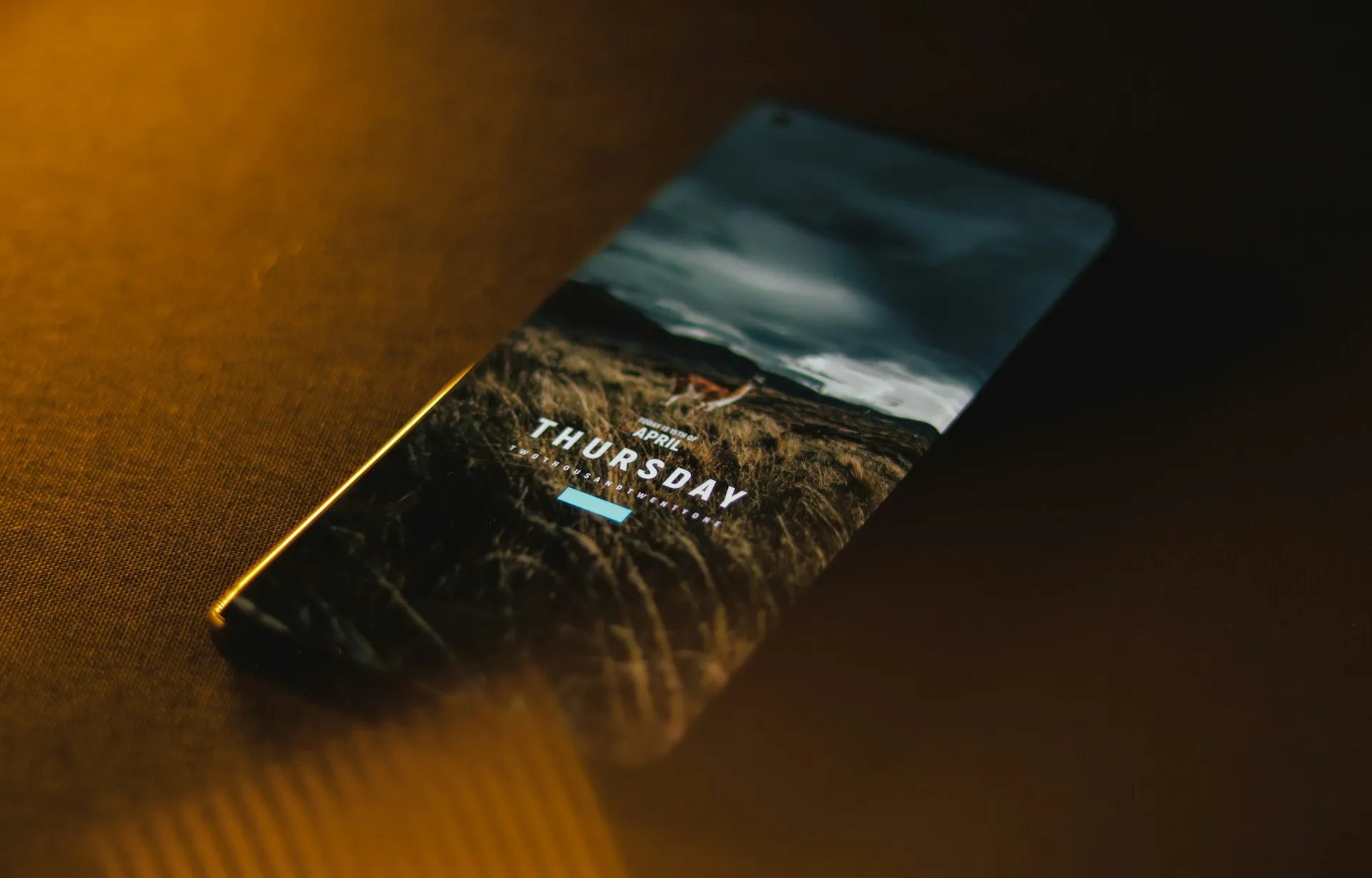

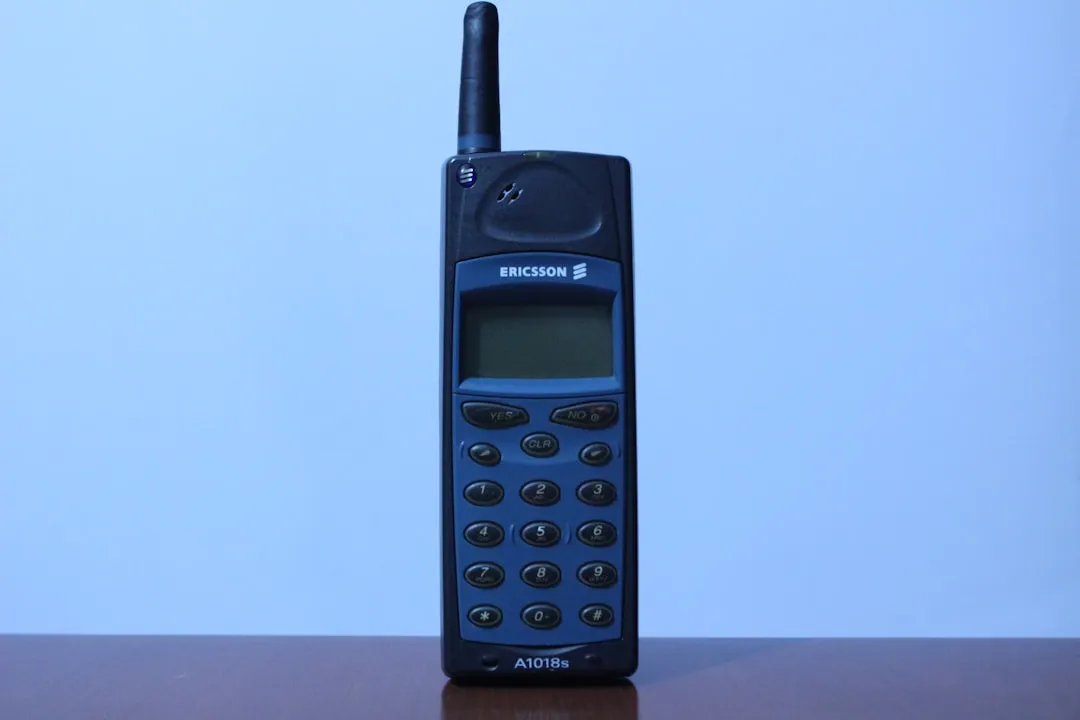
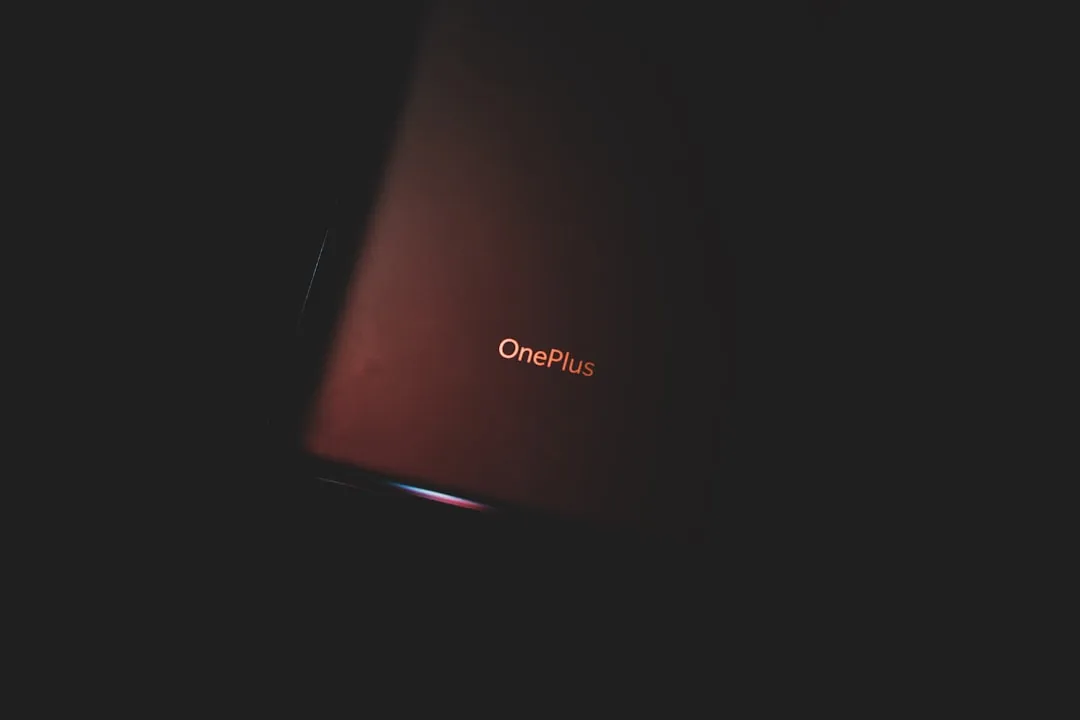


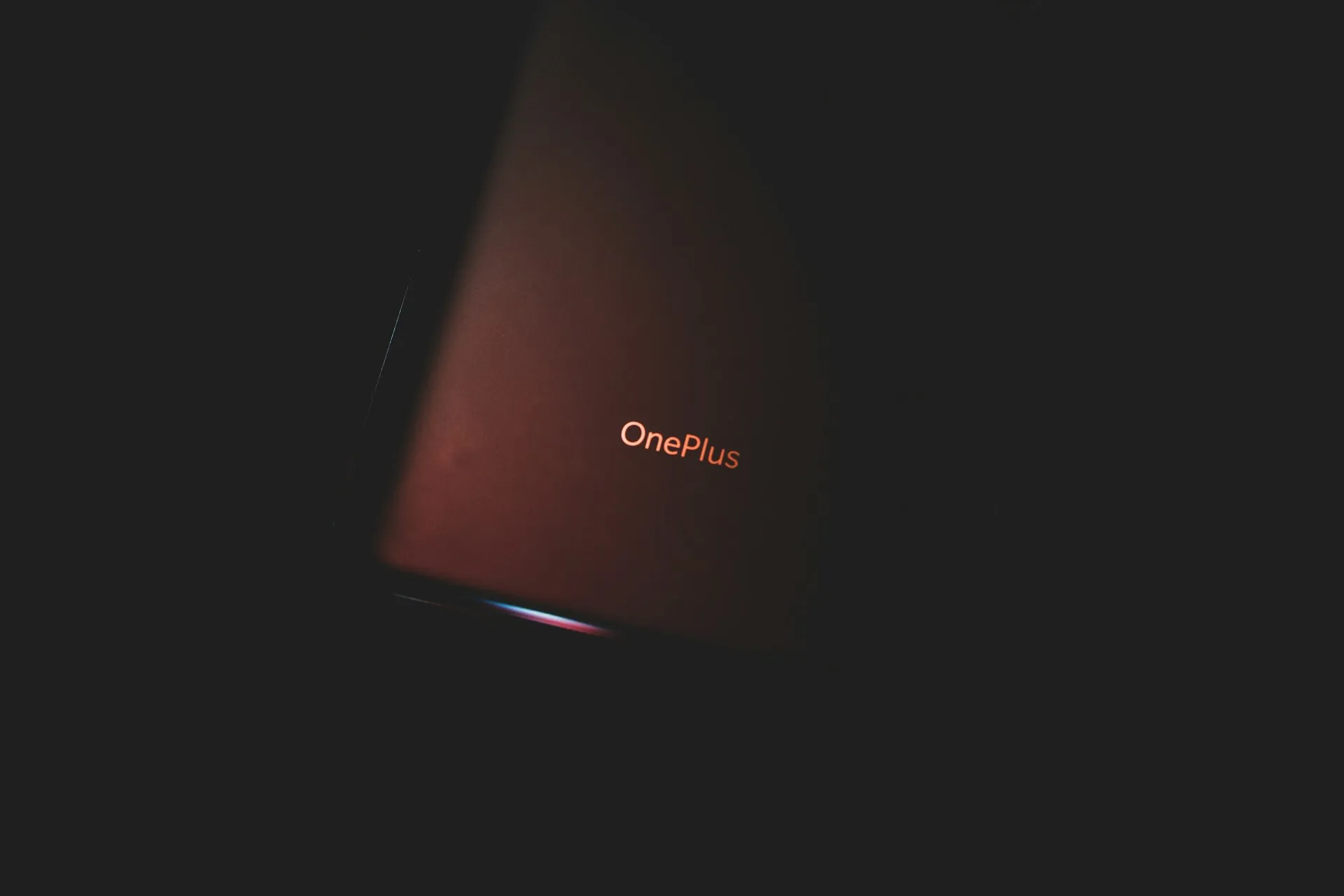

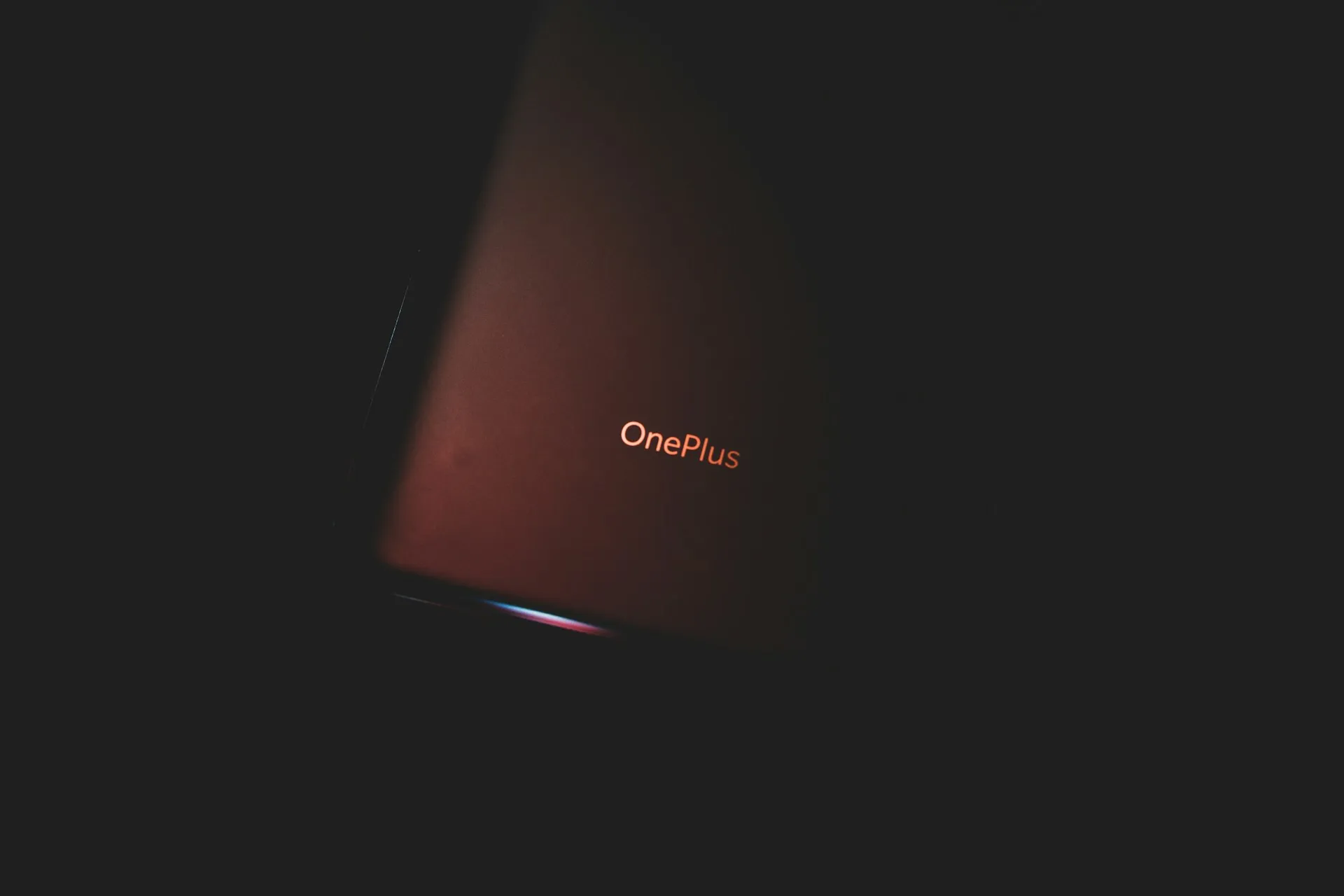
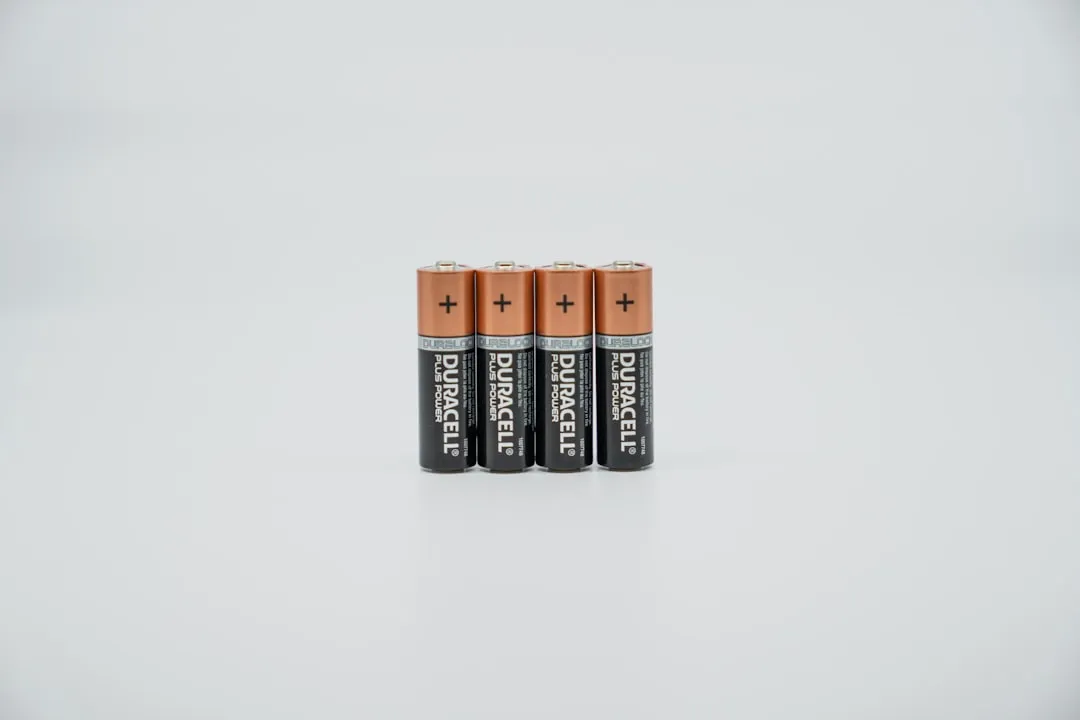
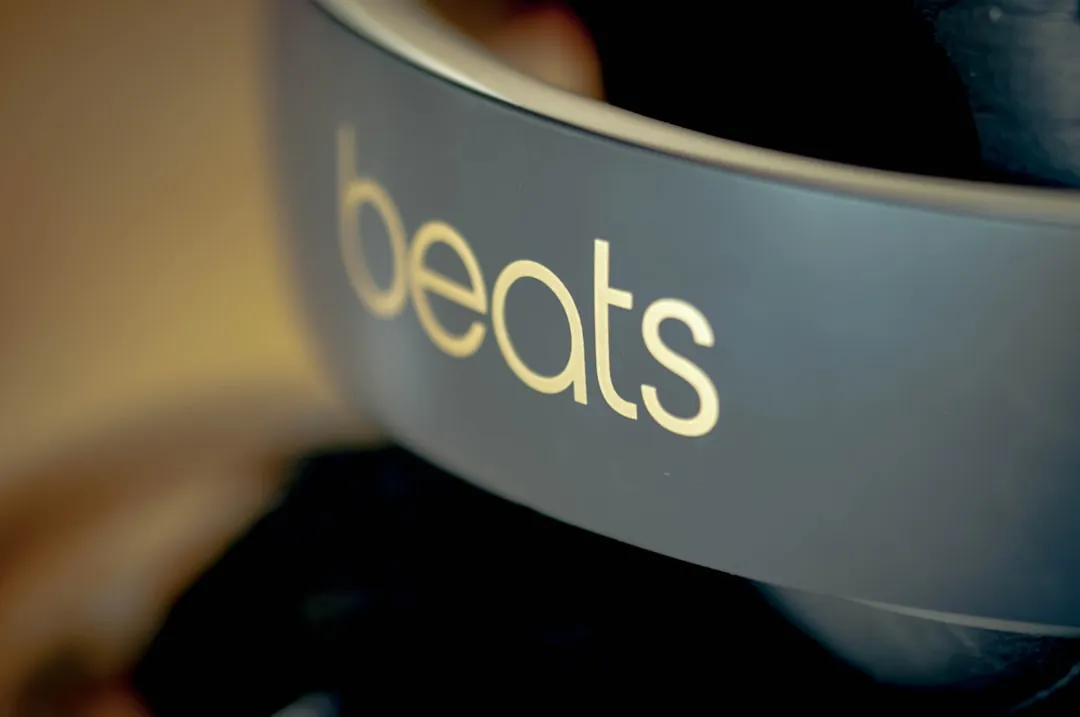
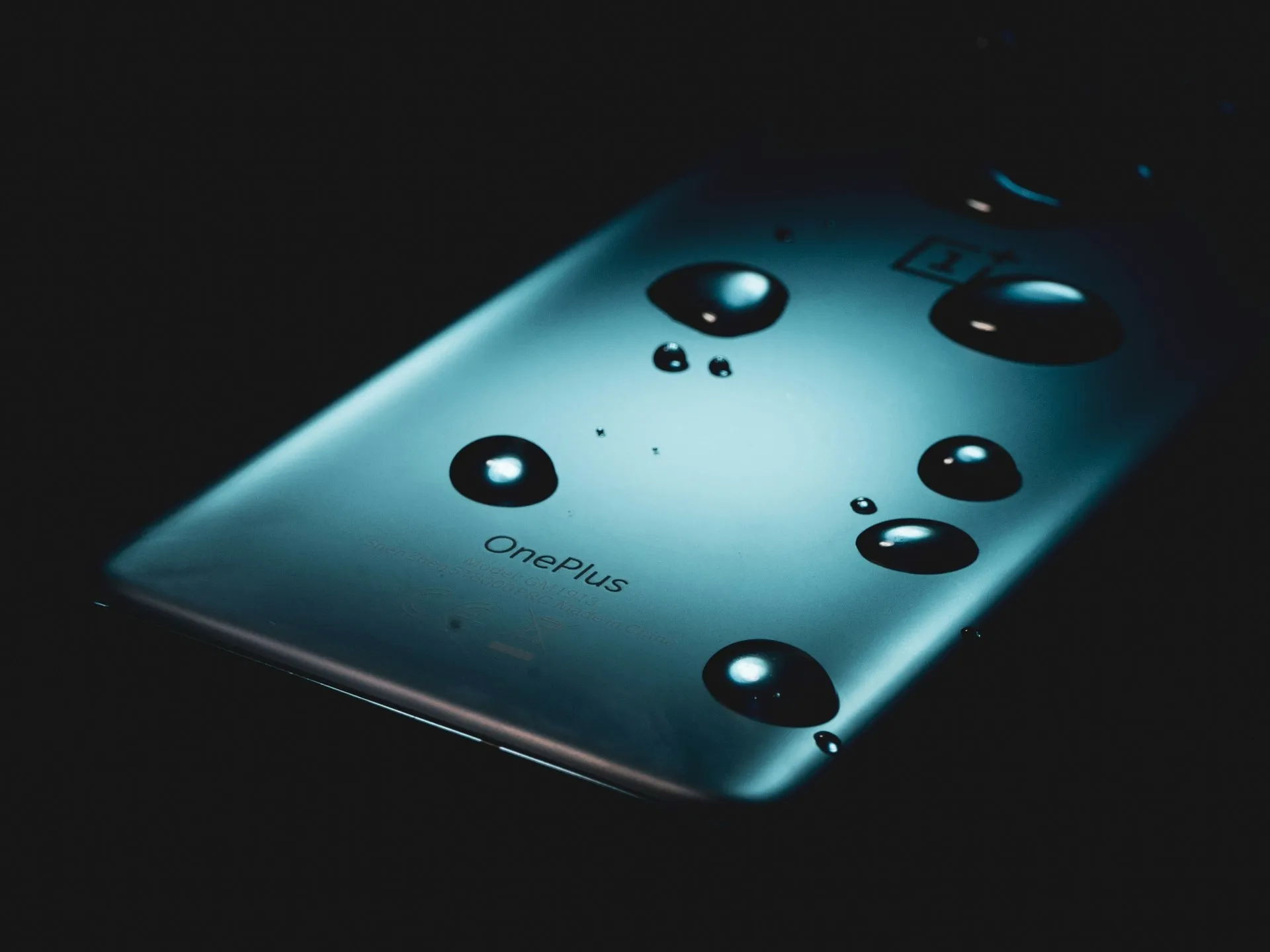

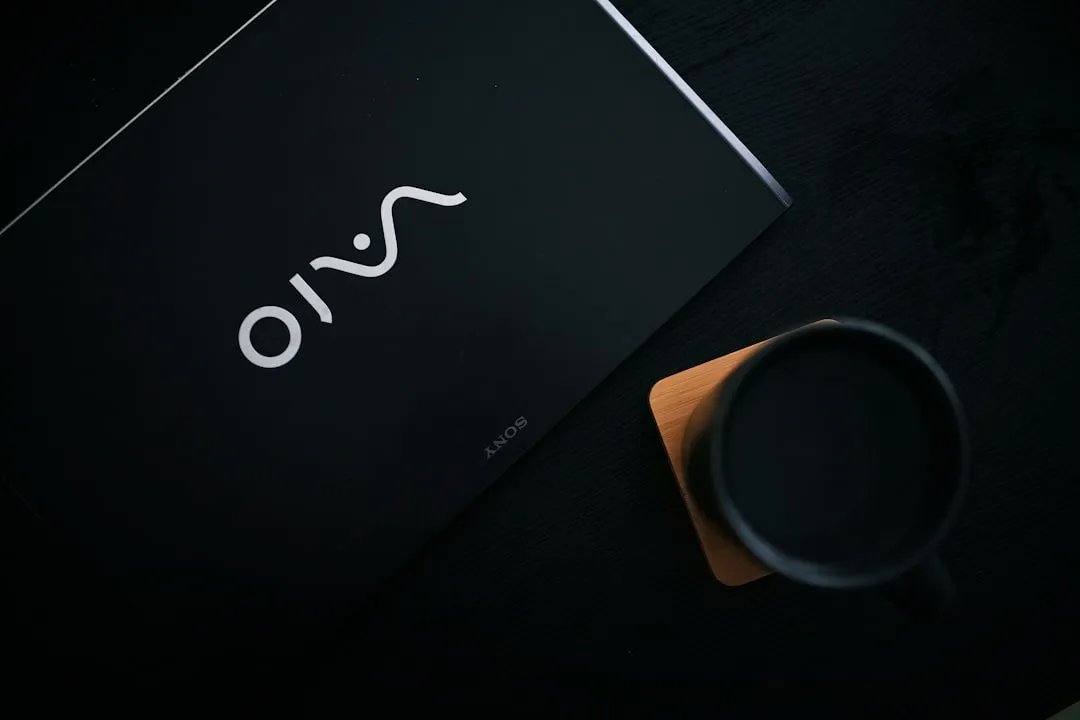
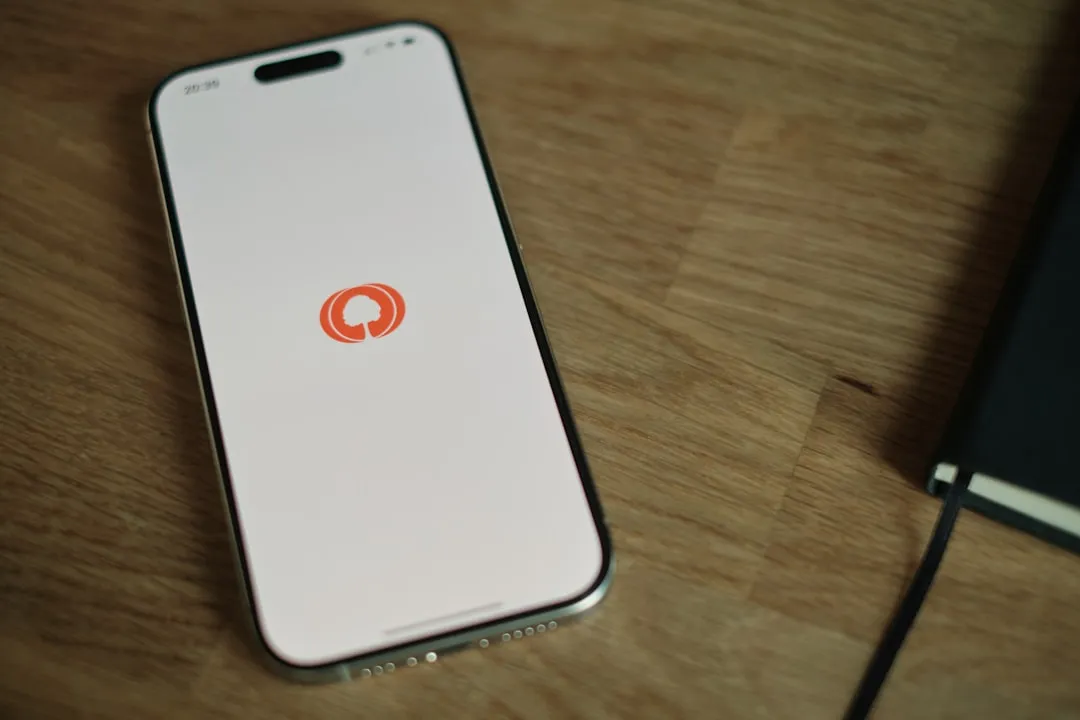
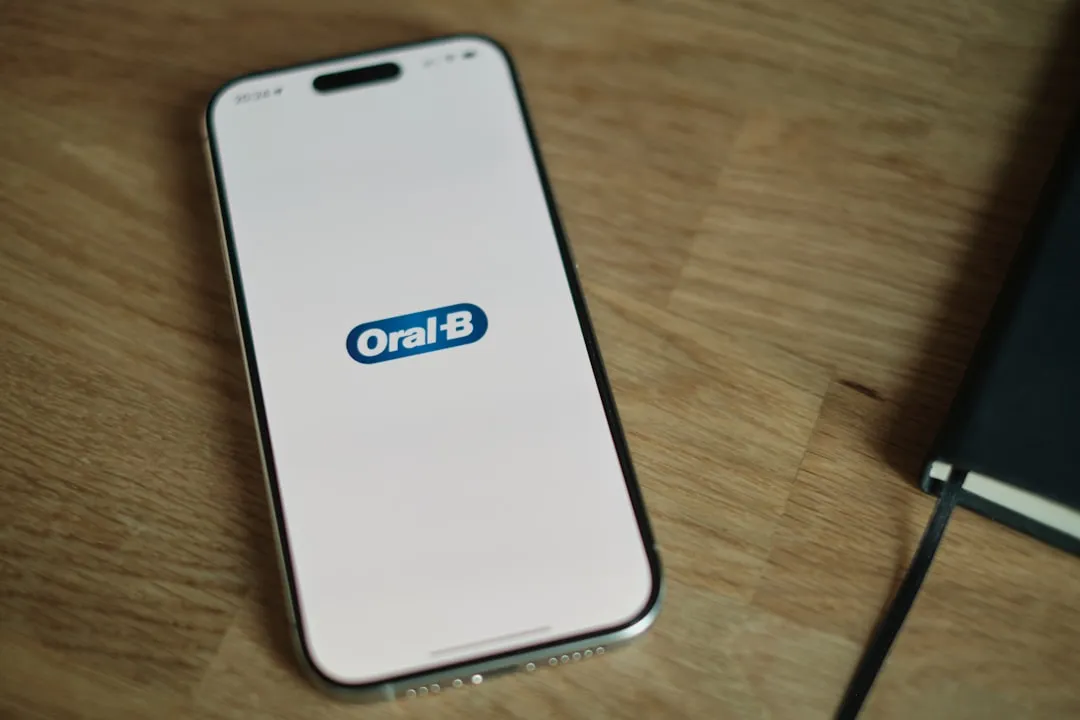
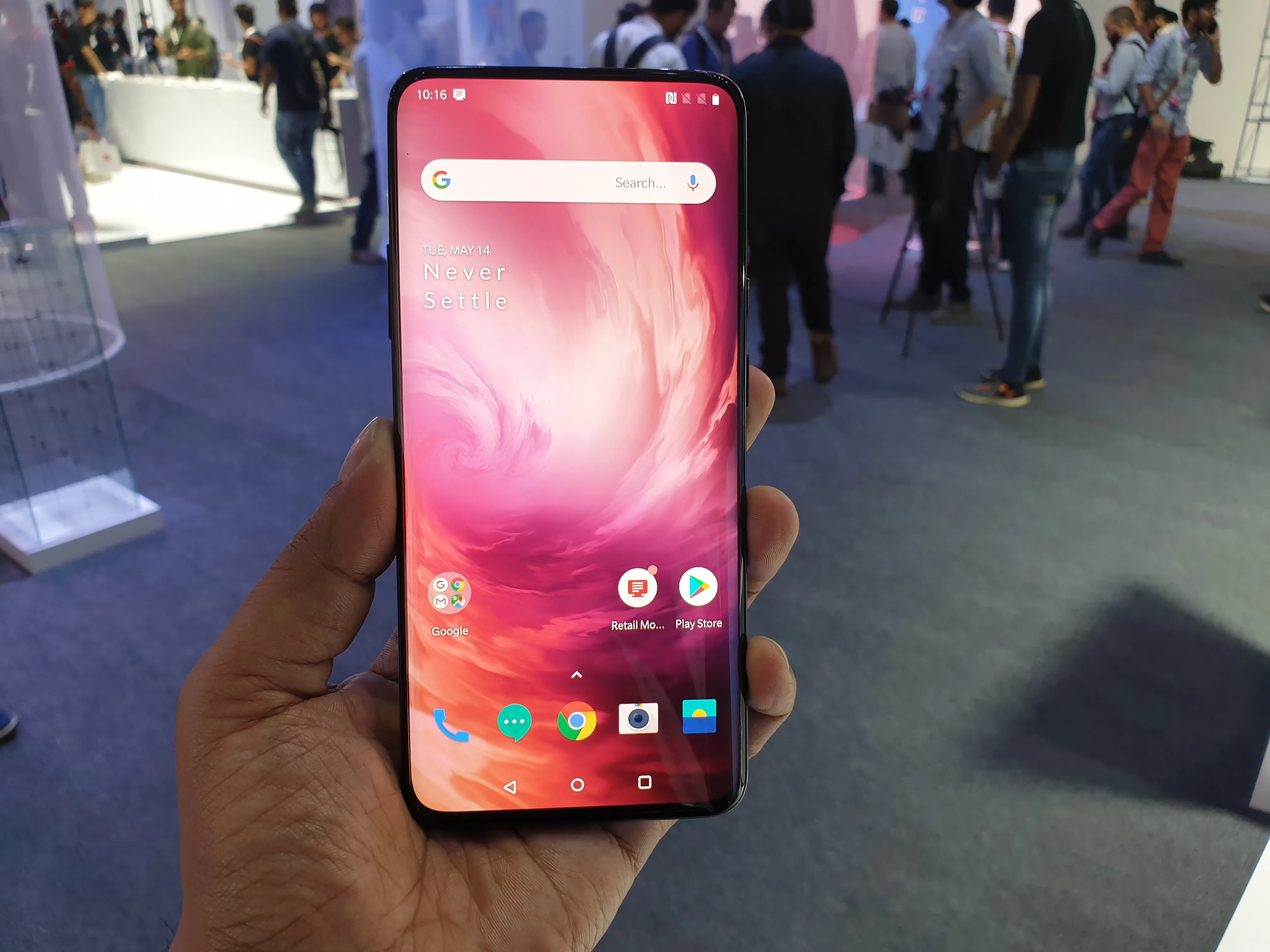
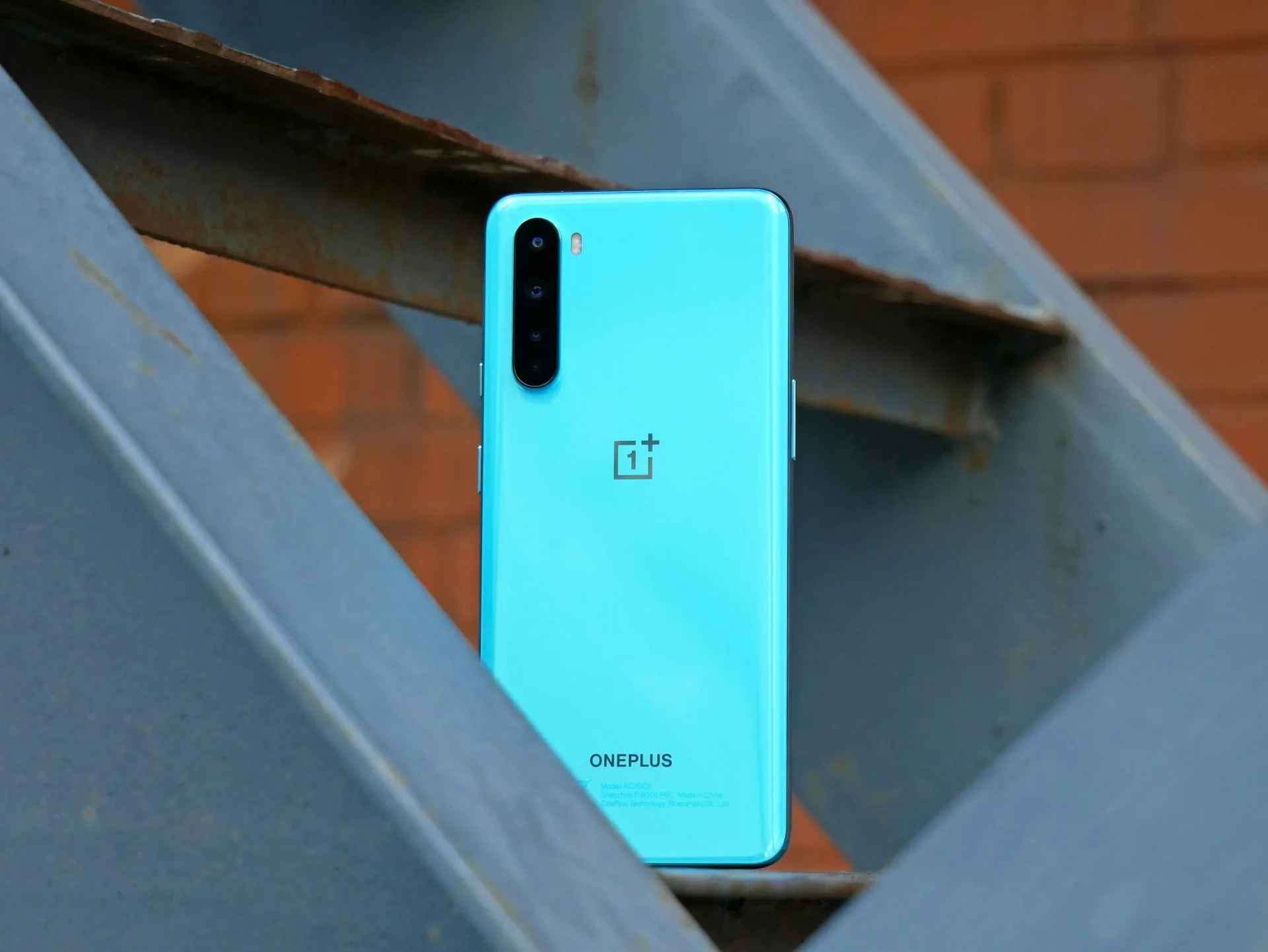
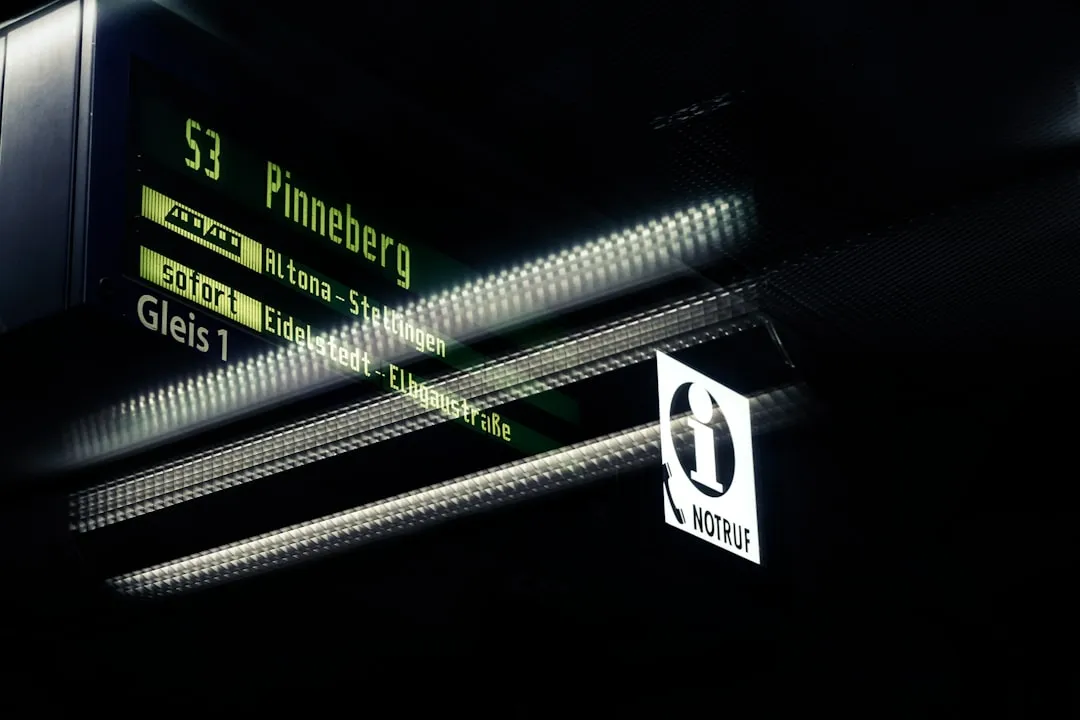
Comments
Be the first, drop a comment!